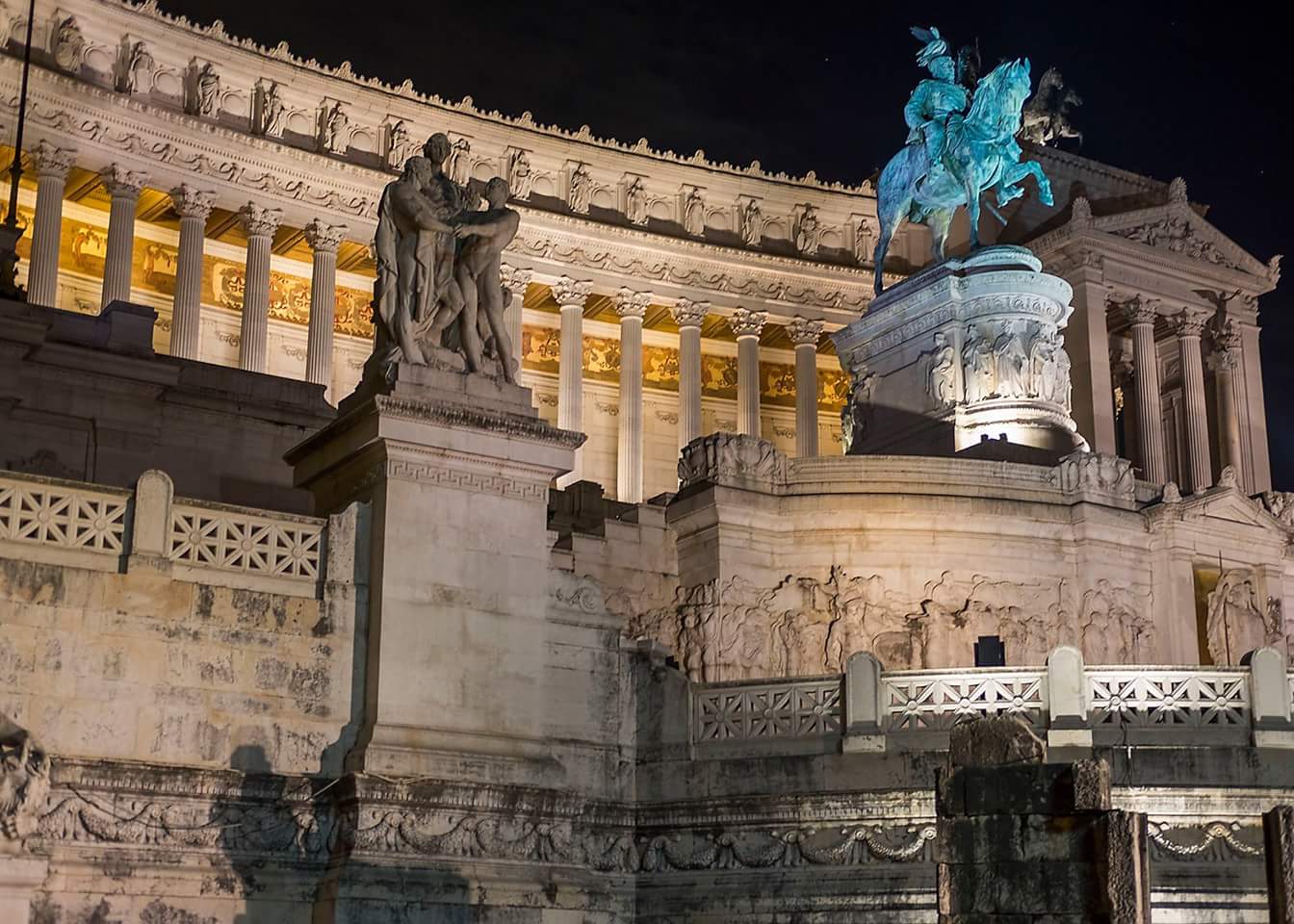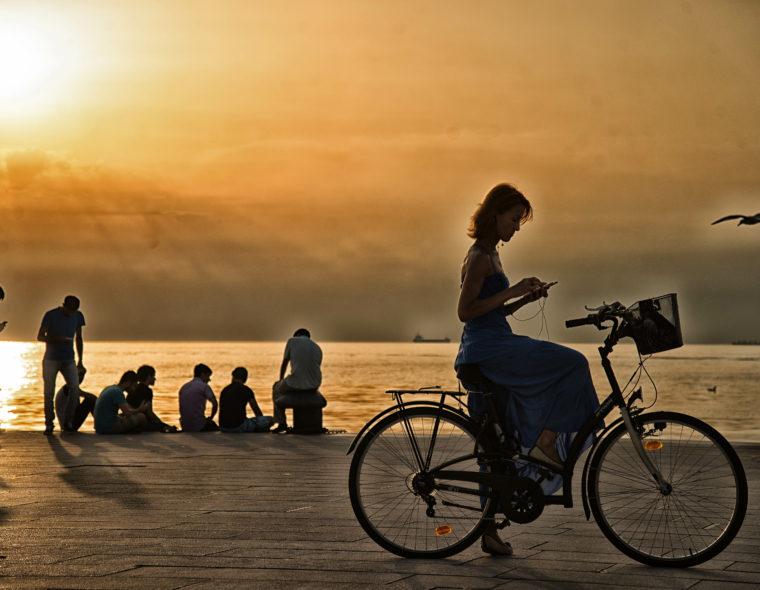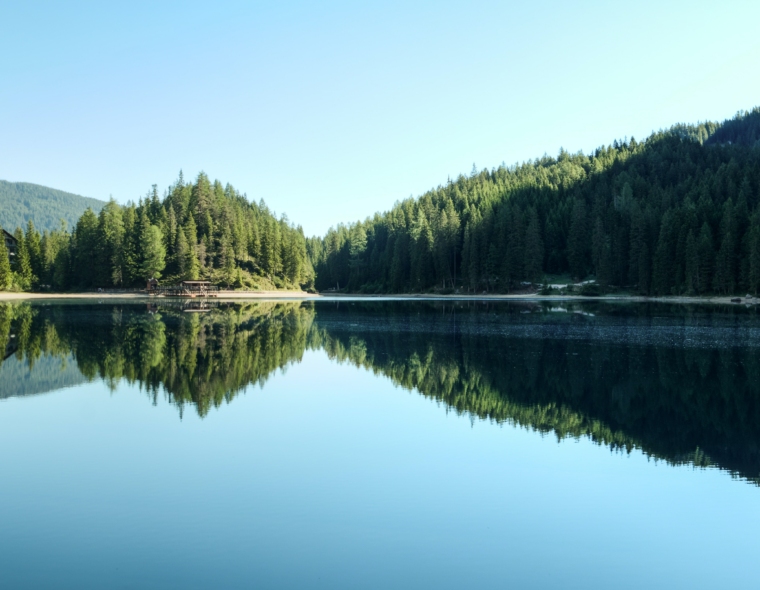Can you visit the artistic, historical, architectural and landscape beauties of Rome for free, without spending a euro? Absolutely yes, because you are lucky enough to set out to discover one of the few, if not the only, cities in the world that is practically a real open-air museum. Just rent a bike or a wasp with the bike rental service Rome or Rome Vespa rental, Rome for You, fast, easy and super cheap and away … begins the journey on the road, on two wheels, around the 10 wonders of the Eternal City.
1. Colosseum Square
Let’s start our tour from the square that houses the symbol of Rome: the Flavian Amphitheatre, so named in honor of the imperial family under whose rule was raised (in the first century AD) and among the most impressive Roman amphitheaters. It was baptized with the name Colosseum only in the Middle Ages, for its proximity to the “colossal” statue of Emperor Nero. Scenario of epic representations, often fierce, and fights between the legendary gladiators, after the fall of the Roman Empire its arches became everything: hovels, stables and fortifications, with the walls plundered for the construction of other buildings.
2. The Roman Forum
We pedal along via dei Fori Imperiali in the direction of the Capitol. Michelangelo’s 16th century square turns its back on ancient Rome and looks towards the Rome of the Popes. From its terraces we will have the capital at our feet and an exciting view from the top of the Roman Forum, the nerve center of the Rome of the Caesars that occupies a depression under the Palatine. The Romans ruled their empire from here, from the governmental, judicial and religious palaces that were located in this area; ancient evidence of both their rise and decline. At the south-east end of the Via Sacra is clearly visible the Arch of Titus, to the north-east the Arch of Septimius Severus, and then the Curia, the House of the Vestals in which lived a group of priestesses where “burned” a sacred fire in the circular temple next to the villa, dedicated to the goddess Vesta, the great Basilica of Maxentius, the seat of the prefecture of which there is only one nave.
3. Imperial Forums
Coming down from the Capitol, take Via Alessandrina: from here you can see the five Imperial Forums, Trajan, Augustus, Nerva, Caesar and the Forum of Peace. The most grandiose of the fab five is the Forum of Trajan with the Trajan Column of the second century. AD, almost 40 meters high with carved above 2600 figures that tell the military campaign conducted victoriously by the emperor in Dacia (present-day Romania), while on the southern side here are the Markets of Trajan, an immense administrative complex that unfolds with its labyrinth of over 100 rooms, taverns and shops, on three levels road.
4. The squares of Rome
The tour continues with the most beautiful squares of Rome. The first square you come across coming from the Colosseum is Piazza Venezia, the heart of the modern city, the gateway to its Baroque center, dominated by the homonymous Palace and the Altar of the Fatherland, the giant monument in white marble that extols the unification of Italy.
Not to be missed is the passage to Piazza di Spagna, which takes its name from the embassy that once overlooked the square, to admire the most famous and “fashionable” staircase in the world, added in the 18th century and which connects the square to the Renaissance church of Santissima Trinità dei Monti; to Piazza Navona, the masterpiece of Rome that owes its shape to the stadium of Domiziano below, an open-air theatre with its cafés, artists and stalls to give it renewed life every day in the company of a five-star setting: on one side the Fountain of the Four Rivers by Lorenzo Bernini, on the other the Fountain of the Moor and in the background the church of Sant’Agnese in Agone designed by Borromini, and Piazza Campo de ‘Fiori, a meeting place for Roman nightlife especially in summer evenings.
And finally St. Peter’s Square, in front of the Basilica, the enormous square designed by Bernini, elliptical in shape with the majestic four-row colonnade, with 140 statues of saints above monumental size: do not miss the Swiss Guards who keep alive a tradition that has its roots in 1500.
5. Fountains
The queen is her: Trevi Fountain. Its fresh and clear water gushes out with force from the Virgin aqueduct. The central statue represents Ocean, flanked by Abundance and Healthiness: legend has it that anyone who throws a coin from behind into the fountain will return to Rome (and all legends have a background of truth …).
6. Villa Borghese
We walk all along Via del Corso and arrive at Piazza del Popolo. We go up to Pincio, one of the most beautiful panoramic terraces in Rome (from here we can see wonderful sunsets over the roofs of the capital, up to the dome of St. Peter’s, which color the sky with shades of the colors of the rainbow, from orange to green, mixed with blue), and here are the tree-lined avenues of Villa Borghese, where we stop for a stop under the shade of pine trees among statues and temples in neoclassical style.
7. The Pantheon
The gigantic dome of the Pantheon (from the Greek pan theios, “of all the gods”), over 40 meters high from the ground, has become over the centuries an engineering model for many buildings, but still remains the largest dome in the world made of unreinforced concrete mixed with stones. At the centre there is a 9 m wide opening, called oculus, from which light, air and rain filter through. The façade is not to be missed: a colonnade of 16 columns of gigantic granite 12 metres high; above there is an inscription “Marco Agrippa, son of Lucio, consul three times, built”. Built in the second century AD, the monument was consecrated in 609 as a church to the Virgin Mary.
8. Largo di Torre Argentina
The archaeological site can be seen from street level and is therefore the ideal stop for a tour by bike or wasp. It is located at the eastern end of Corso Vittorio Emanuele II and there are the remains of four temples from the Republican period of the III-II century. BC. and the Theatre of Pompey, now home and undisputed kingdom (since it is not allowed to walk through the ruins) of the community of small cats best known by the Romans: the cats of Torre Argentina.
10. The Mouth of Truth
It is located in the porch of the church of Santa Maria in Cosmedin and is one of the “attractions” not to be missed in the capital: a timeless icon of the film Vacanze romane (where among other things the two protagonists moved through the streets of Rome just “riding” a Vespa) is perhaps originally the cover of an ancient manhole depicting the face of a river god carved in bas-relief. But what makes it unique is the myth that accompanies it: liars who shove their hands into it will be bitten by a snake, so it is better to be honest …
9. Circus Maximus
By bike or wasp we skirt the largest structure of ancient Rome where 250,000 spectators (a capacity five times larger than the Colosseum) watched spectacular chariot races. The seats were on three levels, stone, concrete and wood, while at the center of the track there was a long thorn around which ran the carts, embellished with two Egyptian obelisks, now located one in Piazza San Giovanni in Laterano, the other in Piazza del Popolo.
The tenth place is definitely the home of Bigabike by Rome For You where you can rent a bike or wasp to discover the 9 places described above.



